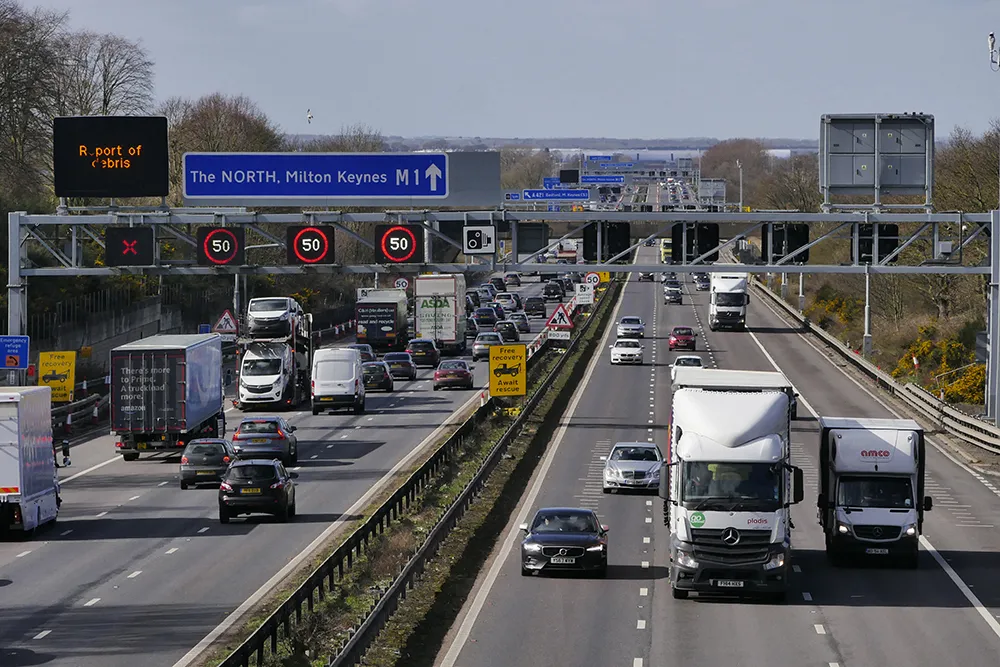Multi-million pound road improvement schemes announced today by Highways England are set to help unlock the development of more than 4,000 homes and more than 10,900 jobs.
The improvements, worth a total of US$92 million ((£75 million), will create opportunities around Derby and Daventry in the Midlands, Oldham in the North West, Durham in the North East and Taunton in the South West.
Highways England is making a US$15.3 million (£12.45 million) contribution towards the schemes from its Growth and Hou
March 16, 2017
Read time: 2 mins
Multi-million pound road improvement schemes announced today by 8101 Highways England are set to help unlock the development of more than 4,000 homes and more than 10,900 jobs.
The improvements, worth a total of US$92 million ((£75 million), will create opportunities around Derby and Daventry in the Midlands, Oldham in the North West, Durham in the North East and Taunton in the South West.
Highways England is making a US$15.3 million (£12.45 million) contribution towards the schemes from its Growth and Housing Fund, with private sector developer contributions and other public funding making up the rest.
The Fund was set up as part of the government’s investment in roads and provides financial contributions towards the cost of road improvements that are needed for new developments, which promise timely delivery of homes and jobs.
The awards come on the day that the company sets out its plan for how England’s network of motorways and major A roads contribute to the country’s economic wellbeing and how the company will use Government funding for maximum impact in the long-term.
Besides the Strategic Economic Growth plan, The Road to Growth, Highways England is also publishing its 18 Route Strategies covering all the key routes around England. The strategies include a review of each route’s performance and constraints, and identify locations where further study is recommended.
The improvements, worth a total of US$92 million ((£75 million), will create opportunities around Derby and Daventry in the Midlands, Oldham in the North West, Durham in the North East and Taunton in the South West.
Highways England is making a US$15.3 million (£12.45 million) contribution towards the schemes from its Growth and Housing Fund, with private sector developer contributions and other public funding making up the rest.
The Fund was set up as part of the government’s investment in roads and provides financial contributions towards the cost of road improvements that are needed for new developments, which promise timely delivery of homes and jobs.
The awards come on the day that the company sets out its plan for how England’s network of motorways and major A roads contribute to the country’s economic wellbeing and how the company will use Government funding for maximum impact in the long-term.
Besides the Strategic Economic Growth plan, The Road to Growth, Highways England is also publishing its 18 Route Strategies covering all the key routes around England. The strategies include a review of each route’s performance and constraints, and identify locations where further study is recommended.








